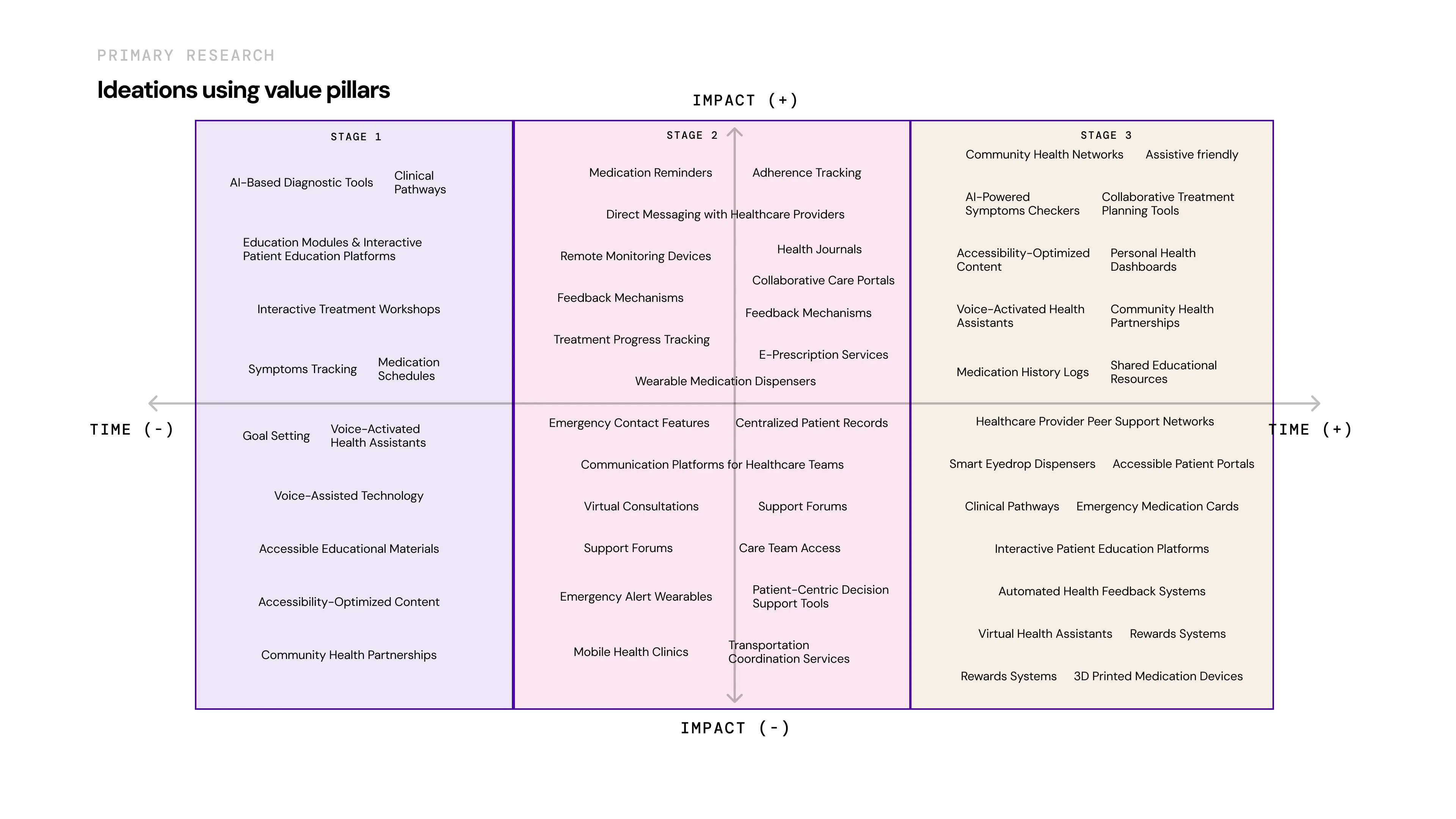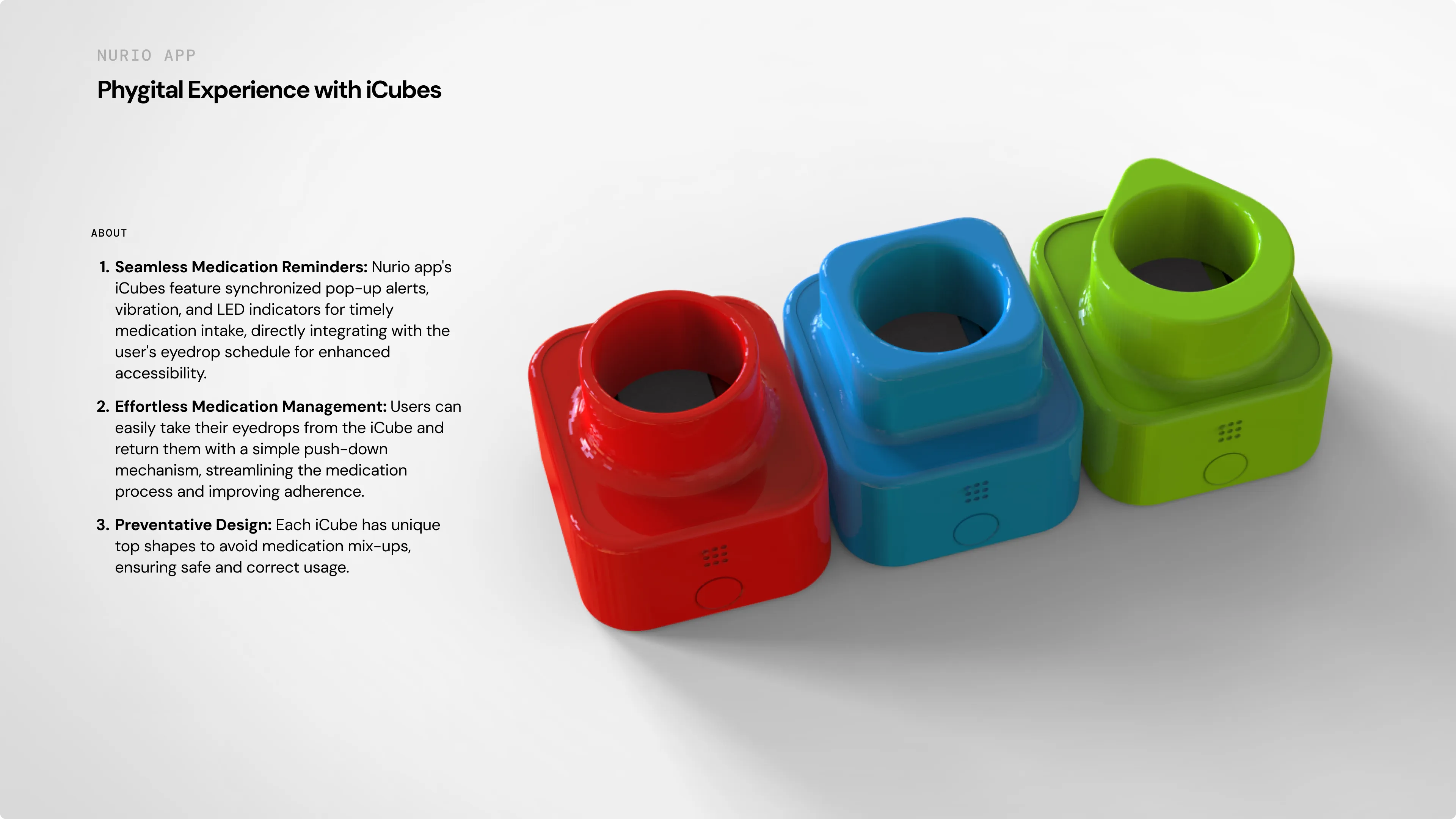Overview
The study at Modern college of Georgia of Augusta University targets the significant challenge of medication management for glaucoma patients—a condition affecting millions and leading to irreversible blindness. Despite available treatments, adherence to medication is notably poor, with rates of non-compliance varying widely. This research seeks to explore the socio-technical system encompassing patient education, accessibility to medication, and the effectiveness of current medication management tools.
Goal
The primary aim is to identify and address the multifaceted issues contributing to medication non-adherence among glaucoma patients at modern college of Georgia of Augusta University. By improving understanding, access, and the utility of management tools, the project intends to enhance adherence rates, thereby mitigating the disease's progression and reducing the overall healthcare burden.
Outcome
The research is designed to yield actionable insights that can inform the development of more effective medication management strategies. Innovations may include simplified medication instructions, user-friendly apps, and integrated healthcare systems to ensure regular medication intake. With a focus on educational resources, community support, and personalized management plans, the anticipated outcome is a significant improvement in medication adherence, leading to better health outcomes for glaucoma patients and a reduction in the healthcare system's financial strain.
- Secondary Research
- Primary Research
- Data Affinitization
- Ecosystem Map
- ERAF Map
- Surveys & Interviews
- Research Framework
- How Might We’s
- Building Archetypes
- Market Research
- The Blue Ocean Strategy & ERRC GRID
- Value Pillars
- Value Proposition
- Prototyping & Testing
- Business Strategy
Following our secondary research, our primary research involved a multifaceted approach to understanding the intricacies of living with, treating, and managing glaucoma. Through a combination of detailed surveys and in-depth interviews, we engaged with a diverse group of participants, including glaucoma patients, medical professionals, and individuals involved in patient care. This comprehensive data collection effort yielded insights into the daily challenges faced by those with glaucoma, their medication management journeys, the role and impact of assistive technologies, and the overall experience of navigating the healthcare system.
This primary research stage was crucial for gathering firsthand accounts and experiences, which informed our understanding of the needs, preferences, and challenges faced by the glaucoma community. The insights gained will direct future research, development, and policy efforts towards improving care quality and patient outcomes in glaucoma management.
Following our primary research, we transitioned into prototype development, guided by insights on the critical needs and challenges faced by individuals with glaucoma. Our focus on creating value propositions aimed to enhance quality of life through simplified medication management and comprehensive educational resources.
Key Insights for Prototype Development:
Simplified Medication Management: Emphasis on user-friendly apps and tools for personalized medication schedules to improve adherence and reduce anxiety.
Educational Empowerment: Providing clear, concise resources and regular updates to build confidence and understanding of glaucoma among patients and caregivers.
These efforts culminate in a prototype designed to offer a holistic solution for those navigating the complexities of glaucoma care, prioritizing ease of use, peace of mind, and empowerment through knowledge.
Strategic Blueprint for Nurio: Transforming Glaucoma Care
The Nurio app significantly improves glaucoma care by integrating comprehensive management tools, educational resources, community engagement, and expert consultations. Its user-friendly design is tailored for both patients and healthcare professionals, facilitating effective treatment management and informed health decisions. The sustainable business model of Nurio balances revenue from subscriptions and product sales against operational costs, ensuring a focus on medication adherence and environmental responsibility. Financial projections are promising, indicating a strong potential for growth and a meaningful impact on glaucoma care. Nurio's approach not only empowers the glaucoma community but also highlights the transformative potential of healthcare technology in enhancing patient outcomes and fostering a supportive care ecosystem.
User-Centric Design Drives Healthcare Innovation:
The Nurio app's development showcases the impact of user-centric design in healthcare, highlighting how understanding patient and healthcare professional needs leads to more effective glaucoma management solutions.
interdisciplinary Collaboration Enhances Outcomes:
The integration of technology, healthcare knowledge, and design management in the Nurio project underlines the value of interdisciplinary collaboration, demonstrating how it can lead to innovative solutions that address complex health management challenges.
The Role of Continuous Learning in Design Management:
The iterative process of gathering insights through primary research, prototyping, and refining the business model for Nurio emphasizes the importance of continuous learning and adaptation in design management, especially in the fast-evolving field of healthcare technology.






































